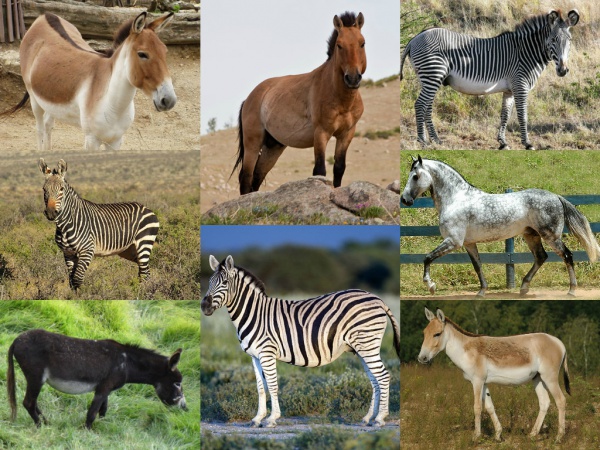Facts About Equus
Equus: An In-Depth Look at Horses, Donkeys, and Zebras
Introduction to Equus
The term "Equus" refers to a genus of mammals that encompasses horses, donkeys, and zebras, all members of the family Equidae. Originally native to North America, these animals have since spread across various parts of the globe.
Physical Characteristics and Diet
Equines are distinguished by their slender legs, elongated heads, and flowing manes and tails. They are primarily herbivorous, feeding on a variety of plant materials. Today, wild equine populations are predominantly found in Africa and Asia. They typically live in social groups organized either as harems (one male with multiple females) or territorial systems where males defend specific areas.
Etymology
The word "Equus" derives from Latin, meaning "horse" and has cognates in Greek and Mycenaean Greek. The genus was first described scientifically by Carl Linnaeus in 1758. These modern animals evolved from small, dog-sized ancestors that existed during the Eocene epoch.
Types of Equus
Contemporary equines are classified into two primary groups based on molecular data: non-caballoid (e.g., zebras and donkeys) and caballoid (true horses). Each group exhibits unique adaptations to their respective environments.
Diverse Characteristics
Equines manifest various forms optimized for running and grazing. Zebras, for example, possess distinctive black-and-white stripes that serve to deter flies. Social structures among equines are varied: some species live in stable family units, while others exhibit more fluid social arrangements. They communicate through vocalizations, body language, and tactile interactions.
Reproduction
Reproductive behaviors among equines differ by species, including unique mating rituals, gestation periods, and parenting styles. Horses were domesticated long ago, and genetic research has shed light on their early history. Donkeys were domesticated in North Africa, whereas zebras have largely resisted domestication attempts.
Conservation Concerns
Wild equines face significant threats from habitat destruction and conflicts with humans and livestock. Several species are classified as endangered or critically endangered by the IUCN. In the United States, the status of feral horses is a contentious issue: some view them as native species, while others label them as invasive. Nevertheless, the Wild and Free-Roaming Horses and Burros Act of 1971 provides legal protections for these animals.

 Guatemala
Guatemala